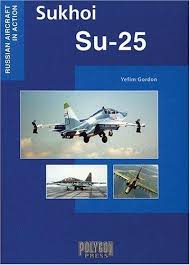
Sukhoi Su-25: Russian Aircraft in Action
The Vietnam War showed that the need still existed for dedicated strike aircraft performing World War II-style close air support missions. Hence, in 1968, the Sukhoi Design Bureau started work on an aircraft initially known as the SPB (the acronym stood for “battlefield support aircraft”) and then as the T-8. First flown in February 1975, the aircraft incorporated much of the philosophy which had gone into the famous Ilyushin Il-2 attack aircraft, including a forward fuselage made of welded armor to offer maximum protection for the pilot. Designated Su-25 in service, the aircraft entered the fray of the Afghan War immediately after entering service with the Soviet Air Force and quickly earned a reputation as a mean fighting machine. The survivability measures incorporated by the Sukhoi OKB more than paid off, the aircraft often coming home with tremendous damage inflicted by Stinger missiles. The type has also seen action in other parts of the world, including Angola and Bosnia. This book contains approximately 200 black-and-white and color photos illustrating the Su-25’s development and service, detailing the various versions and operator nations. Photos are provided with detailed captions.
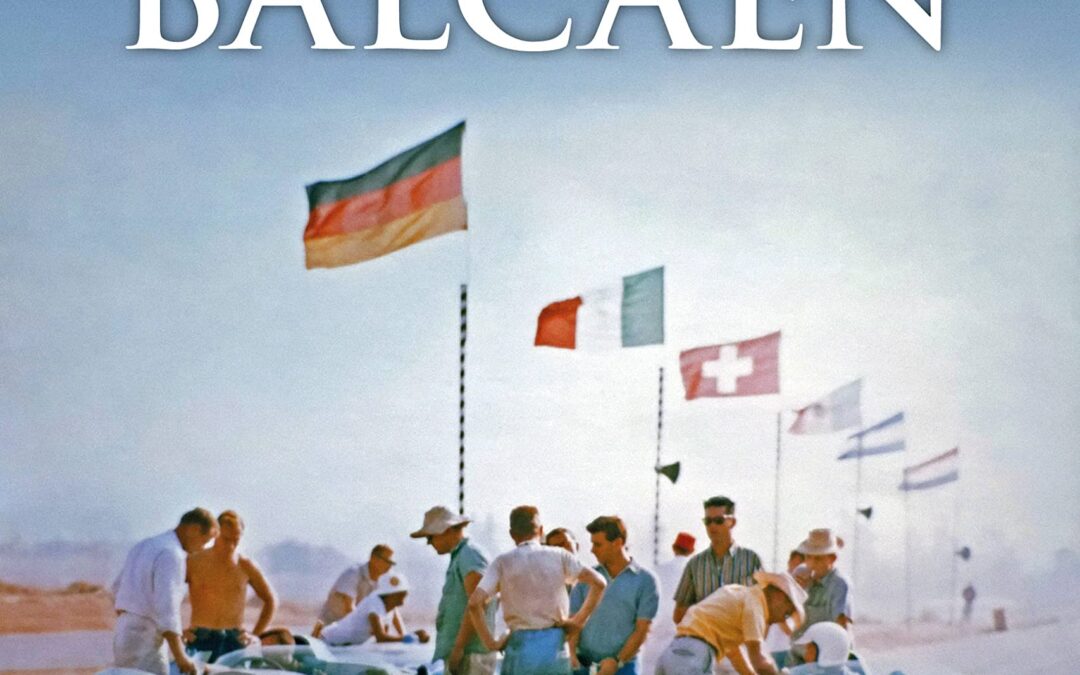
Raoul ‘Sonny’ Balcaen
My exciting true-life story in motor racing from Top-Fuel drag-racing pioneer to Jim Hall, Reventlow Scarab, Carroll Shelby and beyond
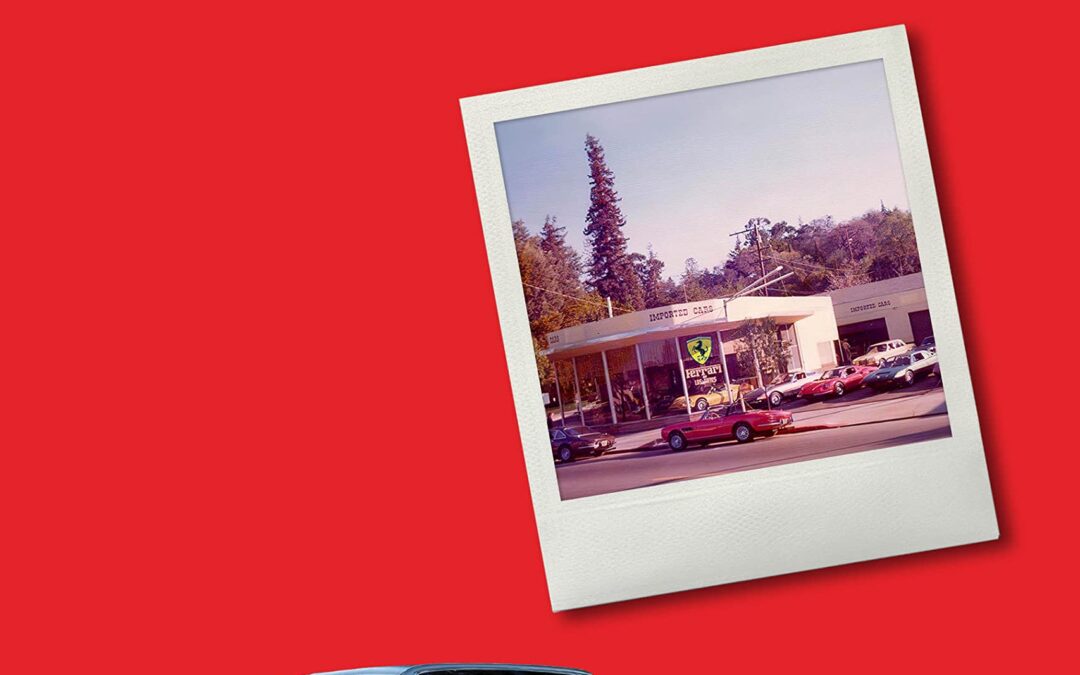
The Dealer: How One California Dealership Fueled the Rise of Ferrari Cars in America
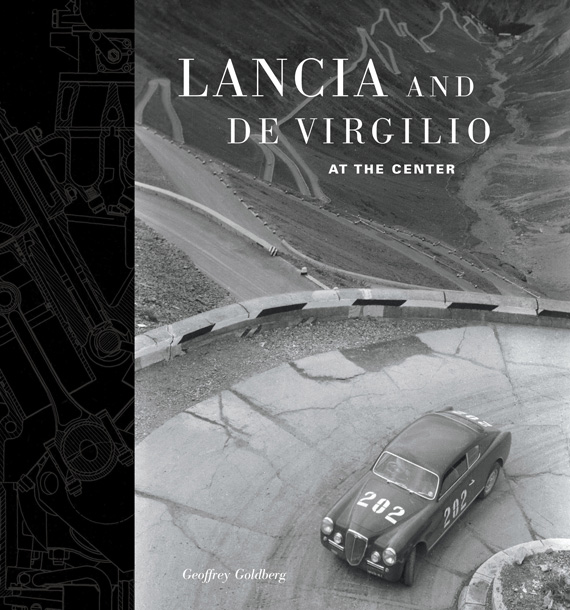
LANCIA AND DE VIRGILIO AT THE CENTER
In the years following the Second World War, Lancia was the most innovative automotive company in Italy, if not in the world. The Lancia cars were technically advanced, with an elegant and competitive design on the track. For more than four decades, Francesco de Virgilio was one of the primary figures in the history of Lancia. De Virgilio entered the company as a young engineer in 1939, becoming a member of the Lancia family, when he married the niece of the founder Vincenzo Lancia, in 1947. In Lancia and de Virgilio, the author Geoffrey Goldberg examines the life and career of De Virgilio from multiple perspectives. Drawing on a large number of original documents, technical drawings and photographs from the archives of the De Virgilio family, Goldberg reveals the essential role of De Virgilio in the projects that defined Lancia during its best years in the 1940s and 50s. These include the development of the first production V6 engine, launching and improvement of the Lancia Aurelia, and the management of the short racing program of the company, which produced the classic D50 Formula One car. In addition to engineering and competitions, De Virgilio was directly involved in the events that effected the management and position of Lancia in the Italian automotive industry. In 1955, the family released its control of the company, leading to its eventual acquisition by Fiat in 1969. Through all these upheavals, De Virgilio continued to experiment and innovate, working on multiple projects, from diesel engines for trucks to the first versions of the rally car Stratos in the 1970s. Whatever the assignment, his persistent search for excellence remained a constant element defining Lancia, up to his departure from the company in 1975. Despite his technical successes and his popularity within the company, De Virgil’s contributions have been widely neglected to date.
Produced with the support of the RevS Institute for Automotive Research, Lancia and de Virgilio is the product of more than six years of meticulous research. The book is illustrated with hundreds of unpublished photographs that depict the images of Francesco de Virgilio at work, on the track and at home with his family, as well as dozens of drawings, projects and other finds. In addition to this abundance of details and information, the book, also captures the vibrant spirit of Italian, culture and society during the post-war period. Lancia and de Virgilio provides unique insight into both automotive and social history. The book was greatly appreciated by enthusiasts: it won several awards, including the Cugnot Award of the Society of Auto Historians for the best book of the year. It was also reviewed by the New York Times and the Republic, a rather exceptional event for a book on a company and its history already seventy years in the past.
This limited edition reprint is an opportunity not to be missed for those who did not secure the first edition in 2014.
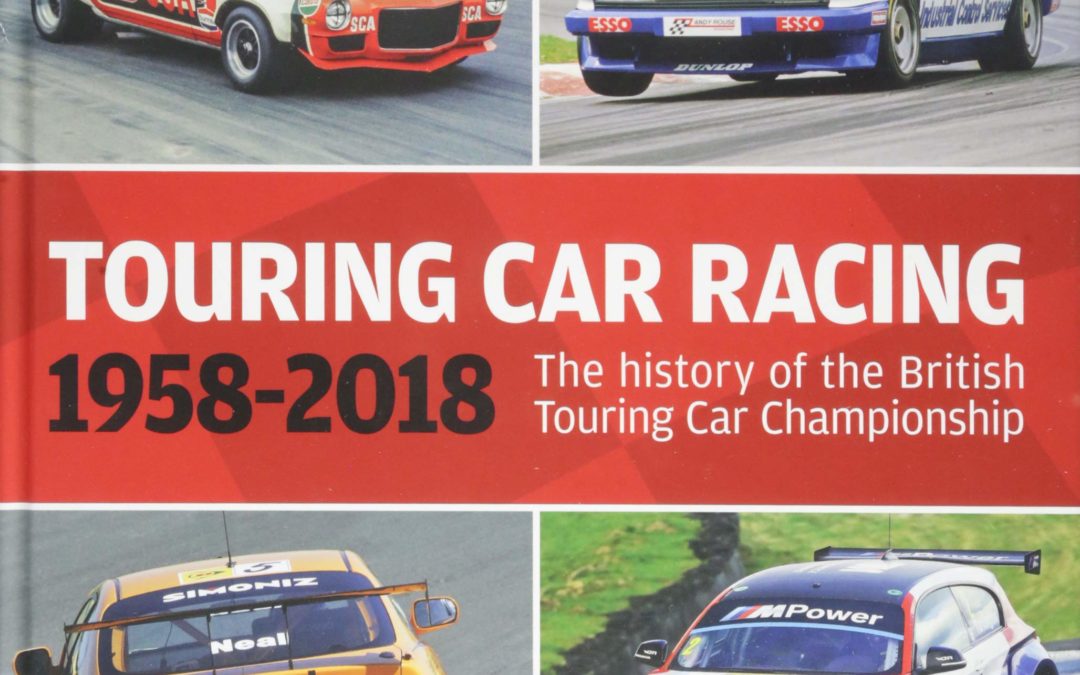
Touring Car Racing: 1958-2018: The History of the British Touring Car Championship
- The 1950s. The British Saloon Car Championship was inaugurated in 1958 and from the start it was super-competitive, ending in a tie that was resolved by a shoot-out in favour of Jack Sears.
- The 1960s. There were three Mini champions but mainly this was a Ford era, epitomised by Lotus Cortinas (with Jim Clark ever spectacular) and big Falcons, Galaxies and Mustangs from America.
- The 1970s. Smaller classes came to the fore in this decade, with three drivers sharing seven titles — Bill McGovern took three in Sunbeam Imps while two apiece went to Bernard Unett (Chrysler Avenger GT) and Richard Longman (Mini 1275GT).
- The 1980s. Three drivers also bestrode this decade but in a wider range of cars, including Mazda RX-7, Alfa Romeo GTV, Rover Vitesse and Ford Sierra XR4i; Win Percy and Andy Rouse each took three titles, Chris Hodgetts two.
- The 1990s. Overseas drivers arrived in force to mix it with home-grown stars during the highly competitive Super Touring years, the decade’s champions including Joachim Winkelhock (BMW
- 318is), Frank Biela (Audi A4 quattro), Alain Menu (Renault Laguna), Rickard Rydell (Volvo S40) and Laurent Aïello (Nissan Primera).
- The 2000s. Vauxhalls were the star cars, taking six titles, while the decade brought three double champions in the form of James Thompson (Vauxhall Astra), Matt Neal (Honda Integra) and Fabrizio Giovanardi (Vauxhall Vectra VXR).
- The 2010s. Yet more variety and brilliant racing has characterised the current decade, with Gordon Shedden becoming the winningest driver with three titles in Honda Civics.

Total Competition: Lessons in Strategy from Formula One
From Ross Brawn—one of the most successful figures in Formula One auto racing—comes a compelling insider’s account of what it takes to win, featuring practical advice for overcoming obstacles and becoming a champion both on and off the racetrack.
Formula One racing is a wildly popular global sport with millions of fans and billions more engineering dollars at stake. For four decades, Ross Brawn has been one of the most innovative technical directors and team principals in the high-stakes world of Formula One. He is considered the most successful competitor in the history of Formula One to date, and “the closest thing there is to a certifiable genius” (The Wall Street Journal). Leading Benetton, Ferrari, Honda, and Mercedes, he has worked with legendary drivers such as Michael Schumacher, Jenson Button, and Lewis Hamilton to make them Grand Prix champions. Now, in this fascinating book, presented as a frank conversation between Brawn and fellow Formula One competitor Adam Parr, Brawn reflects upon his career, shares the philosophies and methods that led to his success, and offers lessons that every leader working with teams—at work, play, or home—can use to achieve their own goals, too.
Brawn and Parr share details about the unique pressures of Formula One racing and the intense, cutthroat world they inhabited, where coming in second place is never good enough. Just as Phil Knight recounted his accomplishments and devastating setbacks in the building of the Nike brand in the New York Times bestseller Shoe Dog, this book also provides a blueprint for leading teams, imparting lessons such as “Embrace Humility,” “Invest in People and Culture,” “Strive for Simplicity, Manage Complexity,” and much more.
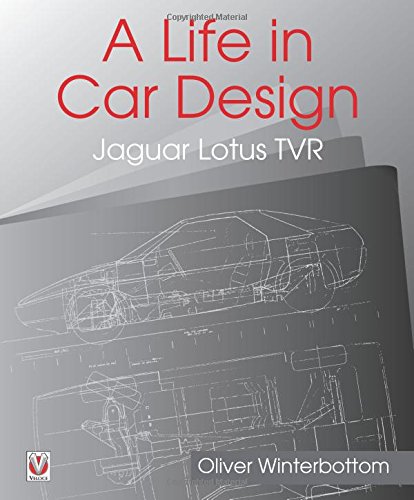
A Life in Car Design – Jaguar, Lotus, TVR: Oliver Winterbottom
A Life in Car Design gives a unique insight into design and project work for a number of leading companies in the motor industry, including Jaguar, Lotus, TVR and General Motors.
The book recounts the author’s experiences from within the industry, tracing the changes in the design process over a period of nearly 50 years, and follows his career at home and around the world. It shows how the change from imperial to metric measurements and the growing use of computers revolutionized the quality and accuracy of modern vehicles. It also covers the issues and challenges of meeting project targets, and some of the issues that can deflect those efforts. It features previously untold stories, and is thoughtfully illustrated with historical engineering drawings and photographs.
As well as informing automobile enthusiasts it is also hoped that this book will inspire upcoming generations to consider a career in the creative field.

Bruce McLaren from the Cockpit
Originally published in 1964, Bruce McLaren’s autobiography From the Cockpit is a classic motor racing memoir. So scarce and expensive are original copies that Evro Publishing, in collaboration with McLaren, is reissuing a facsimile version for all fans to enjoy. In his own words, Bruce describes his inspiring climb up the ladder of motor racing success, culminating in the inception of Bruce McLaren Motor Racing Ltd in 1963. Engaging to read, his book provides fascinating insight into not only his accomplishments but also his unique character, charm and tenacity. In his own words, ‘Life is measured in achievement, not in years alone.’
Overcoming childhood illness: a rare disease stopped Bruce walking for two years and meant long spells in hospital.
Early competition in New Zealand with a modified Austin Seven.
The recipient of New Zealand’s first ‘;Driver to Europe’ scheme, his results in his first season away from home included fifth place in the 1958 German Grand Prix with a works Cooper.
McLaren became the youngest Grand Prix winner in the 1959 United States GP for Cooper, as team-mate to Jack Brabham in the year the Australian won his first World Championship title.
The ups and downs of his life in Formula 1 up to the end of 1963, from winning at Monaco in 1962 to crashing at the Nurburgring and ending up in hospital – where the idea for this book was born.
The story concludes with the formation of his own team, initially to run modified Cooper chassis, and Bruce’s emotional victory in the 1964 New Zealand Grand Prix.
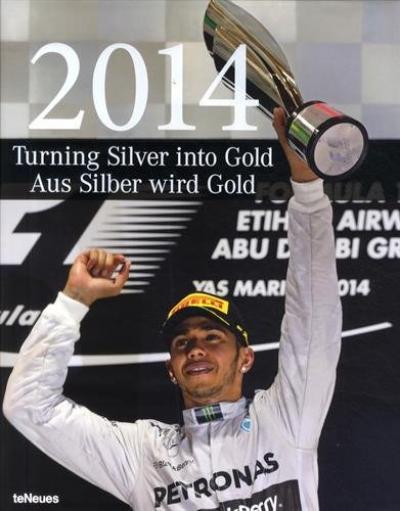
Silver Palaces
Vintage and modern-day photographs and advertisements add depth to Silver Palaces: America’s Streamlined Trailers, a must-have book for this fall. It is historically significant for those who suffer from wanderlust, some fulfilled by owning and traveling with a “silver palace,” or perhaps owning an older model that’s been rebuilt and refurbished.
With a simple, historical beginning, the streamlined trailer got its start. There were challenges in making mobile spaces for living-could anyone make a self-contained streamlined trailer complete with full hookups? After World War II, housecars and motorhomes were seen everywhere-a result of aluminum becoming available for trailers. Once these silver palaces were on the road, RVs and travel associations became popular . . . and well, the end of the highway was never in sight.
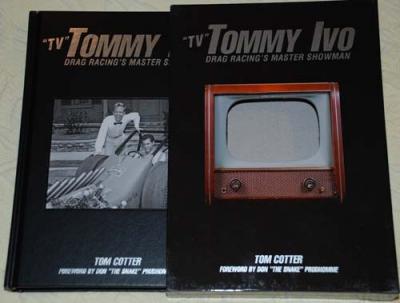
TV Tommy Ivo Special Edition
SOLD OUT
“Special Limited edition of 200 very cool TV slipcase books. signed and numbered.
Signed by Tommy Ivo, Don (the Snake) Prudhomme and the author, Tom Cotter.
In the early 1960s, Tommy Ivo had the world in the palm of his hands. Still a young man, he was already a star of television and film with a promising Hollywood future ahead of him. Then his producers told him he had to quit drag racing. He quit the entertainment industry instead.
This is the official story of Ivo’s incredible life and racing career. Readers will follow “TV” Tommy as he becomes the most ambitious drag racer in the nation, building his own cars in the garage behind his Burbank home; becoming the first driver to pilot his dragsters to 170, 175, and 180 miles per hour and towing his cars to match races at small-town drag strips across the United States. Always the showman, Ivo pioneered promotional techniques that are today taken for granted. In this regard especially, his impact on the sport cannot be understated, and his legacy is detailed in this incredible bio of one of drag racing’s most irrepressible characters.
“


